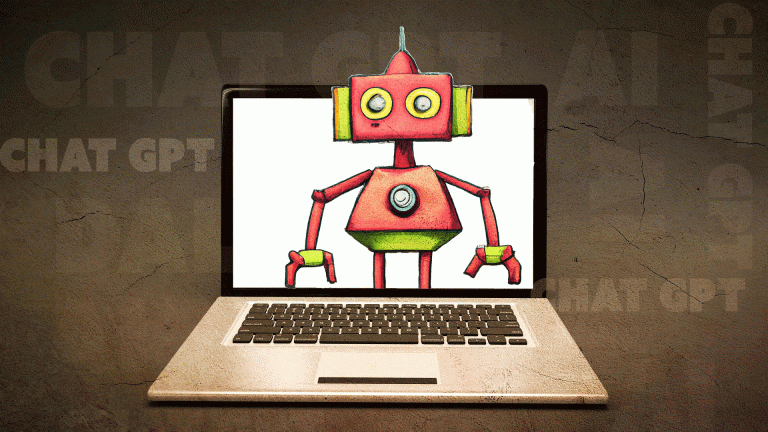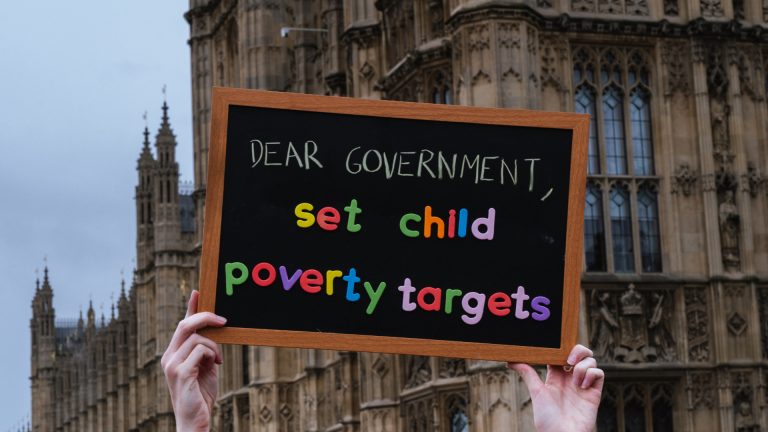Policy in motion – but not yet at pace
In February 2025, the government released its Digital Inclusion Action Plan: First Steps. We welcomed it. It acknowledges, at last, that digital exclusion is not a fringe issue – it is central to participation in modern Britain. The plan outlines five initial measures, including the launch of a Digital Inclusion Innovation Fund and a pilot device donation scheme, developed and delivered in partnership with the Digital Poverty Alliance. These are real commitments – but this was not designed as a comprehensive strategy.
At the Digital Poverty Alliance, our own response has been to go further. The recently updated National Delivery and Advocacy Plan, released in June, lays out a coordinated national approach across six missions: affordable connectivity, sustainable access, inclusive design, strong local delivery capacity, lifelong digital skills, and a commitment to evidence-based policymaking. It is a framework not rooted in theory, but in action.
Each of these missions is grounded in real-world challenges faced by people across the country. Teachers forced to print worksheets for pupils who cannot get online, carers cut off from online training,families in temporary housing handed deadlines without the tools to meet them. These are not edge cases or outliers, but the predictable outcomes of a system that remains fundamentally unequal by design.
Connected needs – disconnected delivery
The issue of being disconnected does not only relate to people, but to systems. One of the most damaging features of digital exclusion is not just that people are being left behind, but they are being left behind by different systems, in different ways, all at once.
Education, healthcare, housing and personal finance are all increasingly digital and are deeply interconnected. Yet the policy response remains fragmented. A child who can’t access online learning is likely in a household that also struggles to manage digital banking or book GP appointments. One area of disconnection rarely stays contained; it spreads. With nearly a quarter of UK adults digitally excluded in some form, this isn’t just a digital skills gap, but a system-wide failure to coordinate. Without a joined up approach, we risk reinforcing exclusion at every turn.
This lack of coordination doesn’t just create inefficiencies, but creates real barriers in peoples lives. The result is a patchwork system that expects digital participation, but fails to make it possible. Until we align policy across sectors and deliver services that recognise the reality on the ground, we’ll continue to build a Britain that only works for some, not all.
The good news? The tools to close the digital divide already exist. The challenge ahead is not invention, but implementation as the bad news is these tools remain unevenly deployed, underfunded or ignored. Millions of useable devices are discarded flippantly instead of being refurbished and redistributed and community organisations remain the silent backbone of digital support.
The government must now treat digital access as a basic utility, on par with electricity, water and housing. While this requires infrastructure investment, it also requires cohesion and long-term policy alignment. Digital inclusion should be embedded in Treasury frameworks, education policy, NHS strategy, and in local government funding settlements. It cannot remain a bolt-on, but must be a cross-sector commitment measured with the same urgency as any other determinant of opportunity and well-being.
While digital poverty is complex in its causes, it’s consequences are devastatingly consistent: exclusion from work, healthcare, education and from connection. That exclusion breeds isolation and erodes hope. We don’t need another wave of warm words, but need national infrastructure for inclusion. This means recycling and redistributing the five million devices discarded each year, embedding digital support workers in every library, care home, job centre and school. It means designing public services that assume no less than full participation and making that assumption true. It means holding tech companies, telecoms and government departments accountable and ensuring progress isn’t lost in the gap between intention and implementation.
The task ahead is not to start from scratch, but to finish what has begun. Digital inclusion must become the default, not the afterthought, and we must prove through sustained action, that we are serious about closing the divide, not just with intent, but with persistence.
Joel Tiller is head of external affairs at Digital Poverty Alliance.
Do you have a story to tell or opinions to share about this? Get in touch and tell us more. Big Issue exists to give homeless and marginalised people the opportunity to earn an income. To support our work buy a copy of the magazine or get the app from the App Store or Google Play





